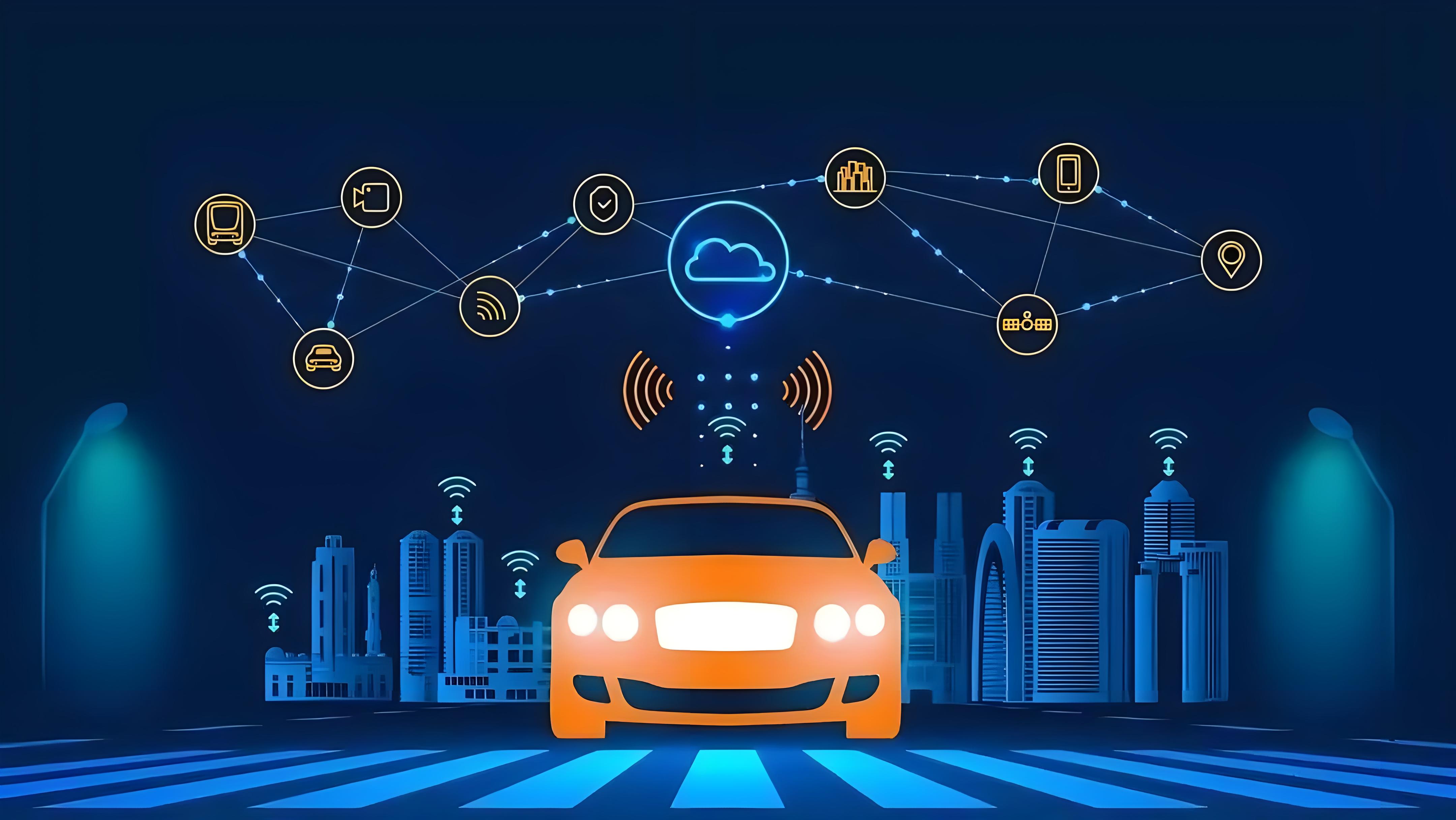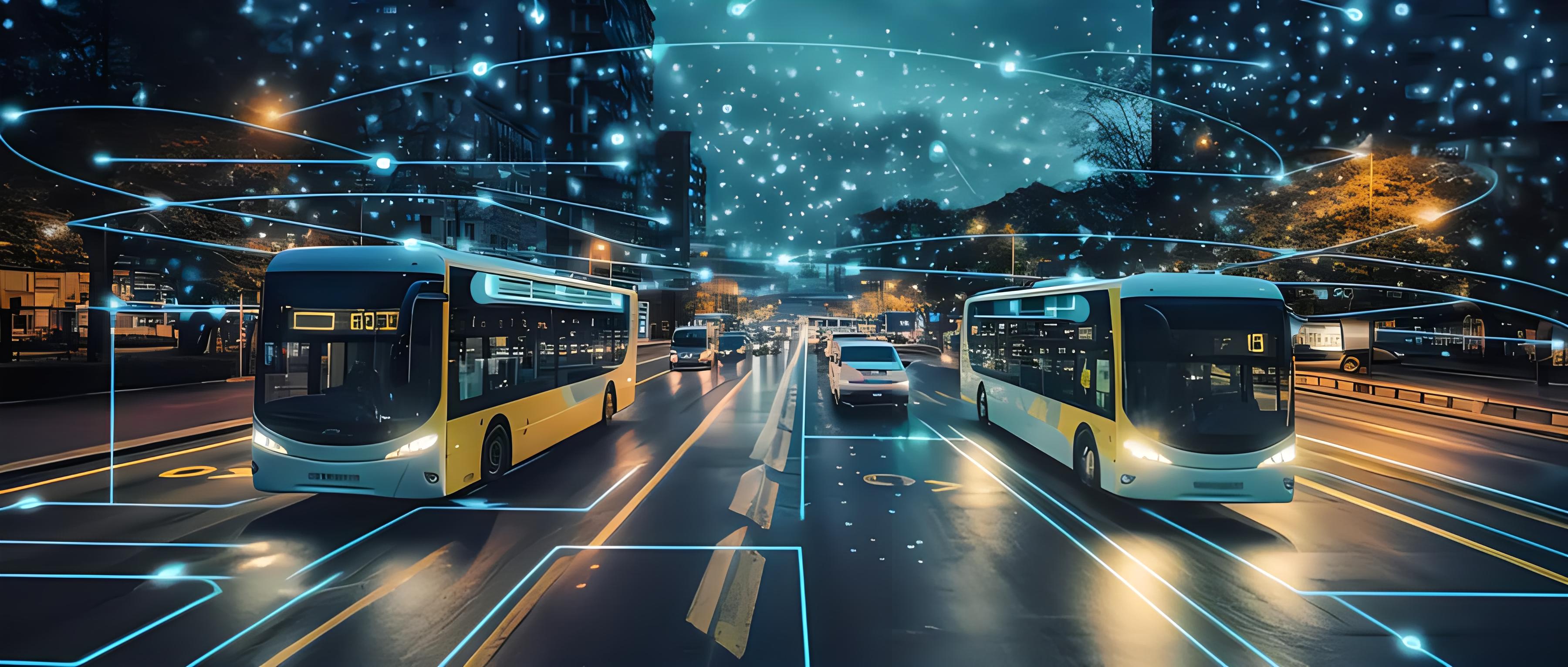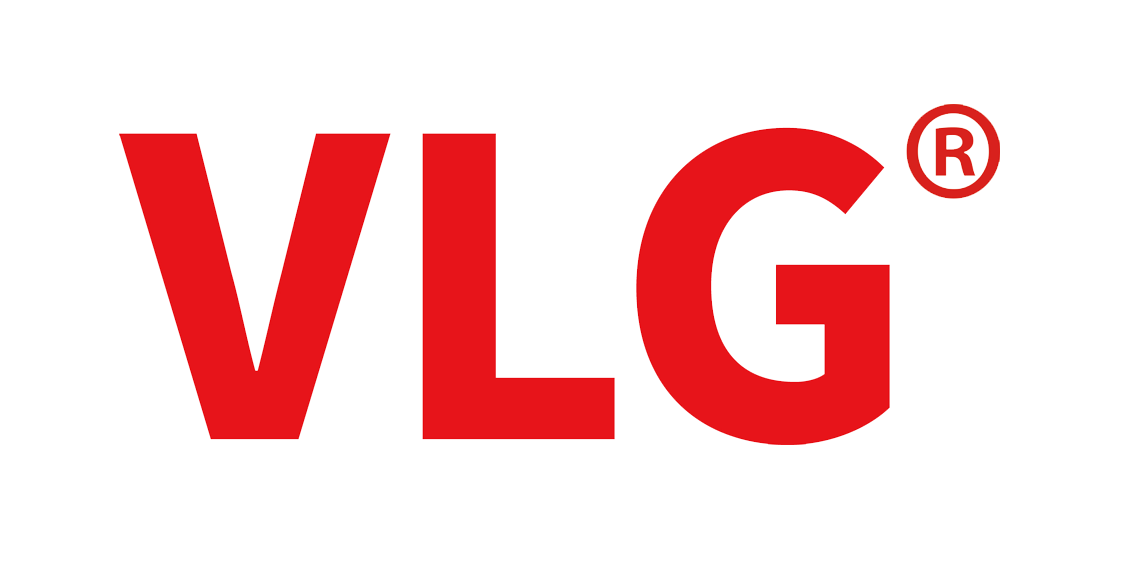In order to implement the "New Energy Vehicle Industry Development Plan (2021-2035)" (Guobanfa [2020] No. 39), promote the construction of network-connected cloud control infrastructure, and explore efficient solutions based on vehicles, roads, networks, clouds, maps, etc. Collaborative multi-scenario application of autonomous driving technology to accelerate technological breakthroughs and industrial development of intelligent connected vehicles is jointly carried out by the Ministry of Industry and Information Technology, the Ministry of Public Security, the Ministry of Natural Resources, the Ministry of Housing and Urban-Rural Development, and the Ministry of Transport (hereinafter collectively referred to as the five departments) The pilot work for the "vehicle-road-cloud integration" application of intelligent connected vehicles will be conducted from 2024 to 2026. The relevant matters are notified as follows:
1. Overall requirements
Adhere to the principles of "government guidance, market drive, overall planning, and sequential construction" to build a number of city-level application pilot projects with the same architecture, unified standards, business interoperability, safety and reliability, and promote intelligent roadside infrastructure and cloud control basic platforms Construction, improve the vehicle-mounted terminal assembly rate, carry out the "vehicle-road-cloud integration" system architecture design and multiple scenario applications of intelligent connected vehicles, form a unified vehicle-road collaboration technology standard and test evaluation system, improve road traffic safety assurance capabilities, and promote Large-scale demonstration applications and exploration of new business models will vigorously promote the industrial development of intelligent connected vehicles.
2. Pilot content
(1) Build intelligent roadside infrastructure. Achieve full coverage of 5G communication networks in the pilot area and deploy C-V2X infrastructure including LTE-V2X direct communication road side units (RSU). Carry out network-connected renovations such as traffic signals and traffic signs to achieve a network-connected rate of over 90%. Simultaneously deploy roadside sensing equipment and edge computing systems (MEC) at key intersections and road sections to achieve interconnection with city-level platforms, and explore the establishment of development models such as multi-pole integration and multi-sensor integration.
(2) Increase the assembly rate of vehicle-mounted terminals. Classified policies will gradually increase the rate of vehicle-to-vehicle networking, and 100% of pilot vehicles will be equipped with C-V2X vehicle-mounted terminals and vehicle digital identity certificate carriers; encourage existing vehicles in the public sector such as city buses, official vehicles, and taxis to carry C-V2X vehicle-mounted terminals Transformation, the installation rate of in-vehicle terminals in new cars reaches 50%; encourage mass-produced vehicles newly sold in pilot cities with L2 and above autonomous driving functions to be equipped with C-V2X in-vehicle terminals; support the interconnection between in-vehicle terminals and city-level platforms.
(3) Establish a city-level service management platform. Build a two-level cloud control basic platform, edge cloud and regional cloud, with the ability to provide vehicles with integrated sensing, collaborative decision-making, planning and control, and can be integrated with vehicle-side equipment, roadside equipment, edge computing systems, traffic safety comprehensive service management platforms, Traffic information management public service platform, city information model (CIM) platform, etc. realize secure access and data connectivity. Build or reuse an urban intelligent connected vehicle safety monitoring platform to conduct real-time monitoring of the operating safety status of pilot vehicles, and cooperate with relevant management departments to carry out traffic violation handling, accident investigation, liability determination, cause analysis, etc.
(4) Carry out large-scale demonstration applications. Encourage the development of application pilot projects in multiple scenarios (select one or more) such as smart buses, smart passenger cars, automatic parking, urban logistics, and automatic distribution in limited areas (refer to Appendix 1 for specific recommended functions). Select some bus lines (including BRT) to realize network identification and automatic driving mode operation of all transportation facilities; deploy no less than 200 smart passenger vehicles as a pilot, and some can achieve unmanned demonstration operation; complete no less than 10 parking lots In the intelligent transformation of the parking lot, no less than 30 parking spaces in each parking lot will support the automatic parking function; no less than 50 urban logistics distribution vehicles will be deployed as a pilot, and some will realize automated demonstration operations in specific scenarios; no less than 200 vehicles will be deployed The pilot project of low-speed unmanned vehicles realizes the demonstration application of vehicle-road collaborative autonomous driving function.
(5) Explore the security applications of high-precision maps. Encourage the development of Beidou high-precision position navigation services. Carry out pilot trials and application pilots for high-precision map applications, crowd source collection and updates, and high-precision location navigation applications. Construct a geographical information security prevention and control technology system for high-precision maps in the "vehicle-road-cloud integration" scenario.
(6) Improve standards and testing and evaluation systems. Promote cross-industry and cross-regional joint standard research, build and improve standard systems such as "vehicle-road-cloud integration" for intelligent connected vehicles, intelligent transportation, intelligent vehicle management, and basic maps, and support the construction of intelligent roadside infrastructure and cloud control basic platforms. As well as corresponding high-precision map application pilots and road environment standardization certification. Construct a "vehicle-road-cloud integration" scenario database, develop digital identity, information interaction and other related technical standards, improve the testing and verification capabilities of intelligent connected vehicles in simulation, closed venues, and actual roads, and promote the formation of a corresponding testing and evaluation system.
(7) Build a cross-domain identity mutual recognition system. Improve the identity authentication infrastructure for C-V2X direct communication, establish an authentication mechanism for roadside equipment and vehicle access networks, and manage digital certificates for C-V2X direct communication equipment. Establish a cross-domain mutual trust and mutual recognition mechanism based on a list of trusted root certificates and a cross-department digital certificate mutual recognition system to support cross-model and cross-city interconnection, mutual recognition and interoperability.
(8) Improve road traffic safety assurance capabilities. Ensure that when the autonomous driving system is activated, it complies with relevant laws and regulations on road traffic and supports the safety supervision of road traffic organizations. Improve the training, assessment and management system for operational safety personnel such as safety officers and platform safety monitoring personnel, and have full-process guarantee capabilities before, during and after the operation of vehicle operation safety and risk prevention and control related to intelligent transportation facilities, hidden danger investigation, and emergency response. Establish a mechanism to study and judge safety incidents such as traffic violations, traffic accidents, and abnormal intervention by safety officers, promptly report the causes of safety incidents and countermeasures to eliminate hidden dangers, and prepare monthly reports for archiving for future reference.
(9) Explore new models and new business formats. Clarify the commercial operating entities of the "vehicle-road-cloud integration" pilot, explore infrastructure investment, construction and operation models, and support the exploration of new business models. On the premise of ensuring data security, encourage the circulation of data elements and data applications, and promote the co-construction, sharing and sharing of cross-regional data.
Source: Ministry of Industry and Information Technology, Ministry of Industry and Information Technology Unicom Equipment [2023] No. 268

The Internet of Vehicles is the general trend, and autonomous driving is the better life we long for, especially new energy vehicles, which are 100% connected. In 2023, my country's automobile production and sales will reach 30.161 million vehicles and 30.094 million vehicles respectively, a year-on-year increase of 11.6% and 12% respectively. Both annual production and sales hit a record high. The automotive antenna industry will also develop rapidly on a large scale, and the demand for automotive antennas will grow explosively. VLG is engaged in V2X vehicle-road collaboration, and RSU roadside units have deepened the layout and application, and have served major car companies such as Toyota, Weilai, BYD, Yutong, Geely, Dongfeng, and Wuling.

VLG products support diversified customization, including but not limited to 4G, 5G cellular antennas, vehicle-mounted high-precision navigation antennas, AM/FM/DAB film antennas, charging pile antennas, digital keys, OBU, OBD, V2X, T-BOX combination antennas, Shark fin combination antenna and various connectors and wiring harnesses, etc. VLG has passed ISO9001, ISO14001 and IATF 16949 international standard system certification. VLG's leading technology, complete equipment and service system, and rich market experience can help car companies create reliability for each vehicle in complex and demanding vehicle environments. connect.
Post time:2024-01-18
